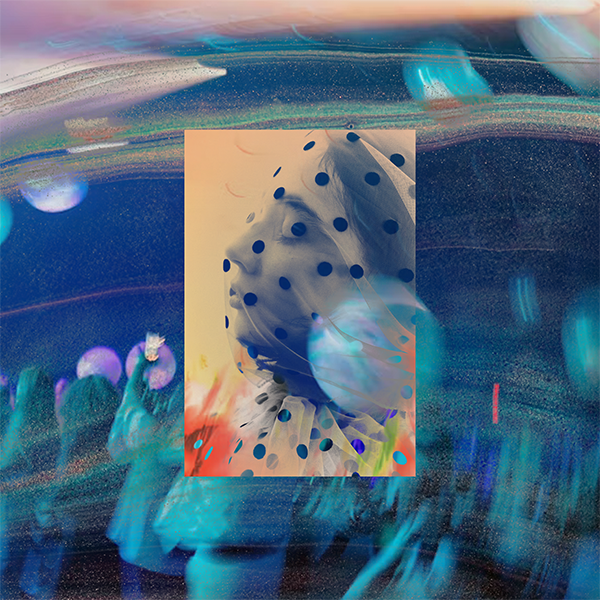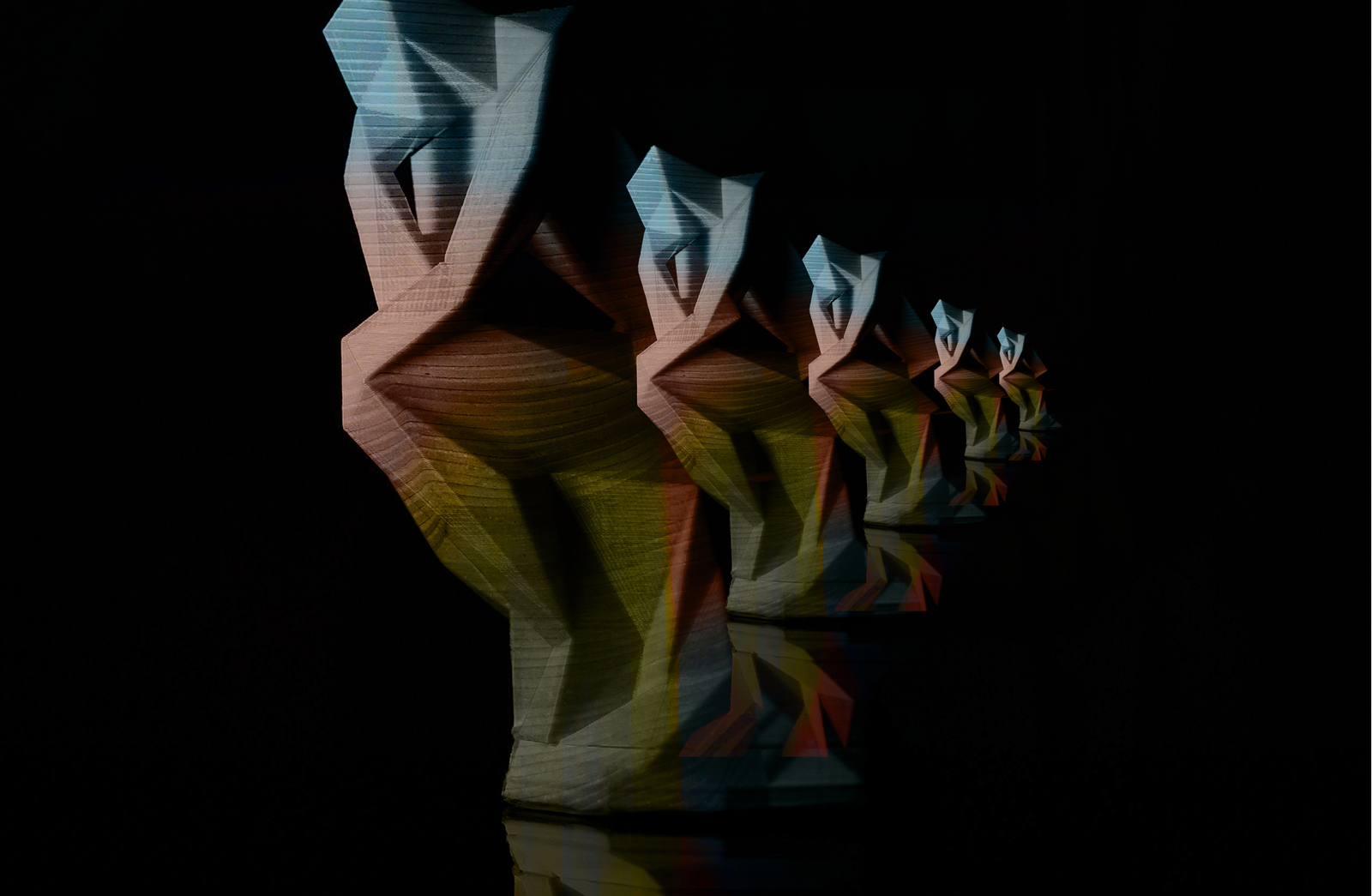Whiteness, Social Identity, and American Evangelicalism: An Analysis of the 2020 Presidential Election
“As a Latino growing up as the son of an undocumented pastor in the Midwest, my experience was much different from those who surrounded me. I felt that I could not identify with my peers and I always felt out of place. My white peers accepted me in the way that I stood in right by being [part of their denomination] but I was not accepted because of my skin color, my race, or my father’s undocumented status. I wanted to believe in what my family and church taught me as truth but I slowly drifted away from my beliefs as a result of the testimony I received from the Anglo church and their members. Even to this day those same Protestants refer to us as ‘wetbacks, beaners, and spics.’ I find myself conflicted with my identity.”
As reflected in this note I received recently from my student Miguel, identity is a powerful thing. It makes us who we are; it defines us to the core. When we experience an identity conflict—especially regarding race and faith—it is a painful and disorienting experience. According to social psychologists Aída Hurtado and Patricia Gurin, our “self identity” is composed of personal identity plus social identity.1 Psychological traits and dispositions that make us feel unique comprise our personal identity. For example, I, Robert Chao Romero, am personally unique because I am a writer, pastor, historian, lawyer, critical race theorist, and musician. Personal identity cuts across social categories of race, ethnicity, class, and gender.
Social identity is defined as the parts of an individual’s self-identity that come from his or her knowledge of being a member of certain social groups, together with the meaning and emotional significance they attach to those memberships. In simple terms, social identity means that I feel a close identification and emotional connection to certain groups in society. Social identity is usually based upon the “master categories” of race, ethnicity, gender, class, religion, and/or political affiliation. For example, my social identity is as a son in the family of God in Christ, “evangélico” in the Latin American tradition, Asian-Latino, Chinese, Mexican, American. Together, my personal identity and social identity form my self-identity as Robert Chao Romero.
According to Hurtado and Gurin, social categorization is an integral part of the social identity formation process.2 Social categorization is the process of putting people into categories or social boxes. In and of itself, it is neither a good nor bad thing. We categorize people on a daily basis in order to navigate our social world and orient ourselves in new settings and situations. For example, this past weekend I walked into a restaurant and saw a waiter. I said to myself: “That person is a man. He is middle-aged. He has long hair and a hat. He looks like someone who is from this beach area.”
The Origins of Whiteness
Social categorization becomes something harmful or destructive when it leads to stereotypes, or when social categories become the basis for laws and policies which privilege one group over another based upon a belief in ethnic or racial superiority. For example, in apartheid South Africa, the social categories of “native,” “coloured,” “Asian,” or “white” were also legal categories that justified colonialism and granted socio-economic and political privileges to those labeled “white.” To take another example, for 300 years in Latin America, “Spanish” was a legal category that granted similar entitlements vis-à-vis those socially categorized as “Indian,” “Black,” “mestizo,” or “mulato.” To this day, many among the upper and middle classes of Latin America continue to identify as “Spanish” even though no one in their family may have stepped foot in Spain for centuries.
From 1776 until the passage of the Civil Rights Act of 1964, the United States was officially structured around the social and legal category of “white.” If you were considered “white by law,” as my former law professor Ian Haney-Lopez discusses in his seminal publication3, then you and your family received all of the best socio-economic and political benefits that the United States had to offer. You could live where you wanted to, you could be hired in any job or profession, your kids could go to the best schools or swim in the local plunge any day of the week (except for the day reserved for Blacks and Latinos), you would be granted medical services at your local hospital, you could eat at any restaurant in town, you could sit in any church pew, and so on. If you were not considered “white,” well, then you didn’t have access to all of these things. “White” was a treasured legal and racial status because it came along with preferential treatment and privilege in every arena of society. To use the language of African American sociologist George Lipsitz, whiteness had a “cash value.”4 This is how “race” was created in America.
From 1776 until the passage of the Civil Rights Act of 1964, the United States was officially structured around the social and legal category of 'white.' Share on XExcept for white, Anglo-Saxon Protestants (what became known as “WASPs”), the legal definition of who was white was a shifting target fought about in the courts. WASPs were considered the quintessential cultural and biological standard of whiteness to which all others were compared. Since between 1790-1952 naturalization as a US citizen was limited to those legally defined as white, all other groups struggled for inclusion in the whiteness club. The stakes were high, as even white women were stripped of their US citizenship if they married an immigrant ineligible for naturalization.5 As part of what became known as the “racial prerequisite” cases, from 1878-1952, US courts became the arbiters of “whiteness.”6 Courts embraced two major approaches based upon “common knowledge” and “scientific evidence,” and evaluated factors such as skin color, facial features, national origin, language, and culture.7 Immigrants of Chinese, Japanese, Italian, Armenian, Mexican, Syrian, Arabian, South Asian, and Filipino descent all went to court to establish their whiteness. Italians, Armenians, and Mexicans “won” their battles for legal whiteness; the others did not.
As part of what became known as the 'racial prerequisite' cases, from 1878-1952, US courts became the arbiters of 'whiteness.' Share on XIn addition to being a legal category, white was also a dominant social identity. Not only did it give its beneficiaries privileged access to racialized social structures and systems, but it also transferred a powerful psychological sense of racial superiority. Those who were accepted as white felt themselves superior to those who were not, and therefore clung to the social identity of “whiteness.” They were the “real Americans.” All others were culturally, biologically, and even religiously, inferior.
The Relationship Between Whiteness and American Christianity
Whiteness in the United States functioned historically in conjunction with civil religion. According to civil religion, religious clergy work in a symbiotic relationship with a narrowly-defined civil community and bring assurances of God’s favor.8 A civil community is defined by a set of religious understandings and practices, as well as often a racial or ethnic component. Membership in the civil community is established by birth, and those of the civil community define themselves in relation to “outsiders” and “enemies.” For its first 200 years of existence, the United States civil community was defined explicitly as white and Protestant. White Catholics were not full members, nor were Irish, Italians, Greeks, or Eastern European Jews. Blacks, Asians, Latinos, and other minority groups were explicitly painted as “outsiders” and/or “enemies.” Latin American immigrants were painted as the “Latino threat,” “unwilling or incapable of integrating, of becoming part of the national community. Rather, [we] are part of an invading force from south of the border that is bent on reconquering land that was formerly theirs (the US Southwest) and destroying the American way of life.”9
Virtually every white Christian denomination in the US—Catholic, Protestant, mainline, evangelical, and Pentecostal—was complicit in the racial segregation of America and the perpetuation of whiteness as a legal category and social identity. Heretical theologies such as Manifest Destiny, “natural slavery,” “the mark of Cain,” and “Noah’s curse” were even developed by denominational leaders to justify the horrors of western military expansion, slavery, and Jim Crow segregation across the centuries. The end result was the creation of an American social identity which viewed whiteness and Christianity as one in the same, and allegiance to this white Christian nationalism as patriotism.
Virtually every white Christian denomination in the US—Catholic, Protestant, mainline, evangelical, and Pentecostal—was complicit in the racial segregation of America and the perpetuation of whiteness. Share on XThe civil rights movement of the 1960s hushed the outright public worship of the idol of white, nationalistic Christianity. To be sure, interpersonal and structural racism persisted up through the early 21st century in various forms (I have many stories and much data), but at least some attempt was made at restraint, and outright racism was shunned as politically incorrect.
And then 2016 changed everything.
Making America White Again
Donald Trump resuscitated the American, white nationalist, Christian social identity of yesteryear as the patriotic alternative to our existing politics. He called it “Make America Great Again,” (MAGA) and the vast majority of white evangelicals and even many evangelicals of color, bought into it and rearranged their social identities around it. Trump’s rallies, speeches, and policies revived the same racist tropes towards Latinos, African Americans, Muslims, and Asian Americans that characterized the United States five decades ago. From calling Mexicans “rapists and criminals” and labeling COVID-19 the “Kung Flu,” to the insidious policy of migrant family separation and the dismantling of civil rights protections, Trump defined the US civil community—explicitly and implicitly—as primarily white and evangelical, in relation to cultural minorities who were painted as outsiders and enemies.
As evidenced by the fact that eight in ten white evangelical Christians again voted for Trump in the 2020 presidential election, the vast majority of the white evangelical church in America has revived its worship at the Asherah pole of white nationalism and Manifest Destiny, with Trump as their high priest and MAGA as their biblical hermeneutic. As with whiteness fifty years ago, some ethnic minorities are given a “pass” by the MAGA community. They are granted membership and honorary “whiteness,” but in exchange must leave behind their God-given cultural identities and throw in their support for broad policies that destroy their communities of origin.
The vast majority of the white evangelical church in America has revived its worship at the Asherah pole of white nationalism and Manifest Destiny. Share on XThis is what my student Miguel, in good conscience, could not accept. Though members of the Anglo church claimed he was their brother in Christ, in the next breath they called him racial slurs and treated him as an enemy and outsider. I wish I could speak to him again. I wish I could tell him that theirs is a tribal religion that does not speak for Jesus. They are worshipping at the altar of white nationalism and American civil religion, which is idolatry. But we are God’s children, too. As Latinas/os, we are God’s tribe, God’s people. God calls us mija/mijo. The yet unresolved question is whether the full body of Christ will do the same.
[1] Aida Hurtado and Patricia Gurin, Chicana/o Identity in a Changing U.S. Society (Tucson: University of Arizona Press, 2004), 27-36.
[2] Hurtado and Gurin, 37-42.
[3] Ian Haney López, White By Law: The Legal Construction of Race (New York: New York University Press, 2006).
[4] George Lipsitz, The Possessive Investment in Whiteness: How White People Profit from Identity Politics (Philadelphia: Temple University Press, 2006), vii.
[5] Haney López, 11.
[6] Ibid., 35-55.
[7] Ibid.,2-5.
[8] Robert Chao Romero, Brown Church: Five Centuries of Latina/o Social Justice, Theology, and Identity (Downers Grove: InterVarsity Press Academic, 2020), 63-64.
[9] Leo R. Chavez, The Latino Threat: Constructing Immigrants, Citizens, and the Nation (Stanford: Stanford University Press, 2008), 3.



